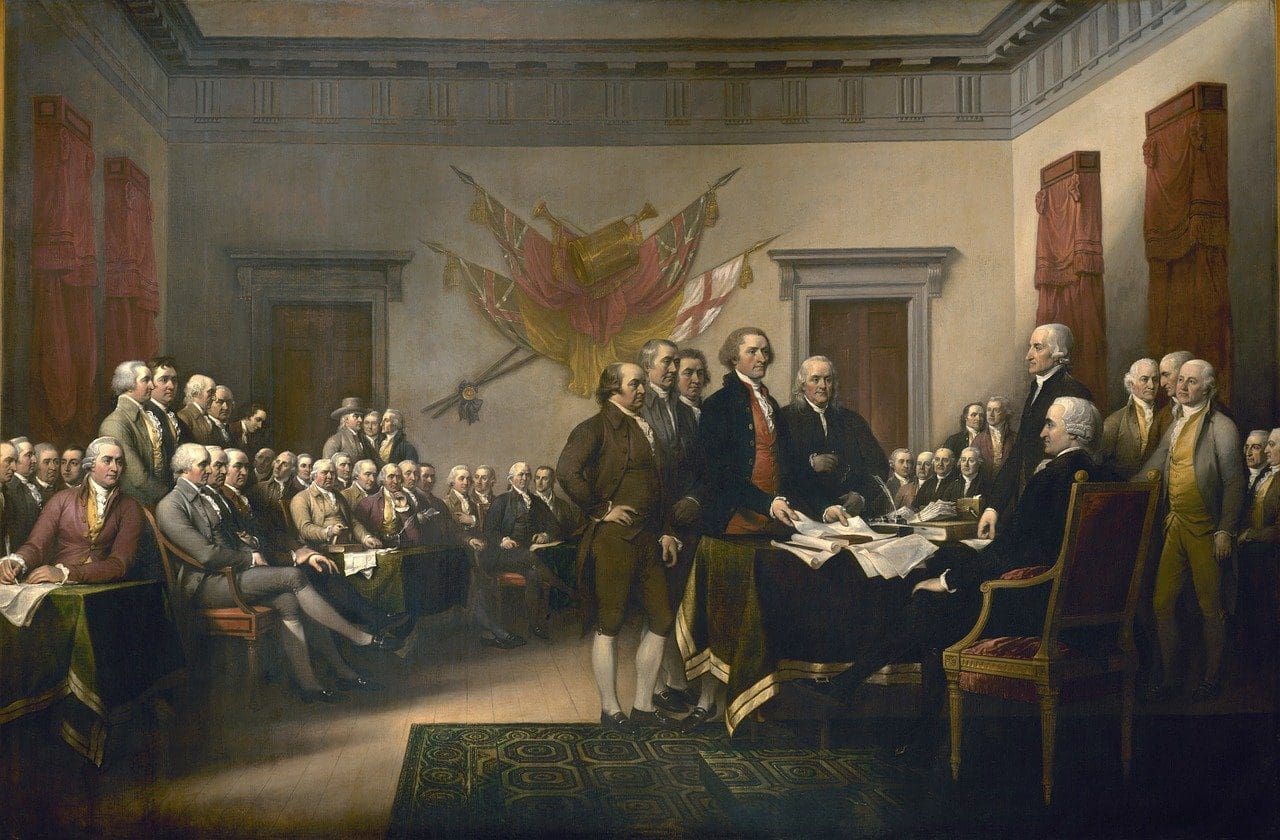A federal court ruled Friday in Texas’ six-year-long redistricting battle that the state’s congressional maps must be redrawn because some of the districts are illegal – even though the districts, drawn in 2011, were never used and were repealed and replaced in 2013.
Texas Attorney General Ken Paxton says he and his office “respectfully disagree” with the three-judge panel’s majority decision. Both he and the dissenting judge on the panel believe the case is now moot, and on Monday Paxton released the following statement:
“As Fifth Circuit Judge Jerry Smith observed in his dissent, the challenge to the old 2011 maps – which were never in effect – is moot. The maps currently in use are not the ones adopted by the Texas Legislature in 2011, which are the subject of the court’s opinion. The Legislature adopted the court drawn 2012 maps in 2013. The court was under a direct order from the Supreme Court to draw lawful districts. The adoption of those maps in 2013 mooted any issue with the 2011 maps. There are no lines to redraw. Accordingly, we are confident we will prevail in this case.”
According to the 2-1 decision from the U.S. District Court for the Western District of Texas, “mapdrawers acted with an impermissible intent to dilute minority voting strength or otherwise violated the Fourteenth Amendment” when drawing South/West Texas districts CD23, CD27, and CD35.
The panel also found that DFW area congressional boundaries were drawn to concentrate some minority voters into one district and split up others across multiple districts, a redistricting practice known as “packing and cracking.”
Judge Smith dissented from the majority on both the mootness and the merits of the case.
Citing a precedential 2015 decision from the U.S. Fifth Circuit Court of Appeals mooting Davis v. Abbott, a similar case that involved Texas’ 2011 State Senate maps, Judge Smith said “mootness was obvious.”
From the dissent, starting on p. 166:
The 2011 plans were never used for any election; they never had any effect on anyone beyond precipitating this lawsuit. It is a logical impossibility for a plan that never went into effect for any election, and never will be used for any purpose, to be a “violation,” in the words of Section 3(c) [of the Voting Rights Act], or to have had an “actual discriminatory effect.”
Plaintiffs must prove both discriminatory intent and discriminatory effect, he continued, and as the 2011 congressional maps were never used, no plaintiffs can ever prove any effect from them.
On the merits, Judge Smith wrote that the case is “really about only whether the congressional lines in the challenged districts were drawn for racial or partisan purposes.”
Texas redistricting in 2011 was essentially about politics, not race. All sides concede that—whether it is a good thing or not—Texas has a strong correlation between race and party. . . .
The record amply demonstrates that the Congressional redistricting (as well as that for the State House) was designed for the sole purpose of maximizing the number of Republicans to increase political power. That primarily meant protecting Republican incumbents irrespective of their race or the race of their constituents. . . . Protection of incumbents is one of the most often recognized traditional redistricting principles. The majority’s findings, including that “race was the predominant motive” and that “[t]here was both discriminatory motive and improper use of race,” are clearly erroneous.
While Judge Smith praised attorneys for both the State and the plaintiffs, he blasted U.S. Department of Justice lawyers for what he described as arrogant and condescending behavior. The United States should never have been allowed to intervene on behalf of the plaintiffs, he said, as DOJ’s presence was “wholly unnecessary” and “negatively infected” the proceedings.
It was obvious, from the start, that the DoJ attorneys viewed state officials and the legislative majority and their staffs as a bunch of backwoods hayseed bigots who bemoan the abolition of the poll tax and pine for the days of literacy tests and lynchings. And the DoJ lawyers saw themselves as an expeditionary landing party arriving here, just in time, to rescue the state from oppression, obviously presuming that plaintiffs’ counsel were not up to the task. The Department of Justice moreover views Texas redistricting litigation as the potential grand prize and lusts for the day when it can reimpose preclearance via Section 3(c). . . .
The DoJ was determined to uncover racially-tinged communications (perhaps shopping for firehoses on the Internet?) to prove that the ultimate maps were based on “race for its own sake.” Because it was inadequately prepared, the DoJ called witness after witness, and presented document after document, to try to confect a paper trail from which the court could infer bigotry.
Those federal litigators’ unprofessional conduct extends outside the courtroom and permeates the Obama-era Civil Rights Division, says DOJ whistleblower and former Voting Section attorney J. Christian Adams.
Voting Section staff even hung a sign inside the Justice Department offices saying “Mess With Texas,” mocking the famous slogan “Don’t Mess With Texas.”
Judge Smith concluded in his dissent that the Department of Justice “overplayed its hand and, in the process, has lost credibility.” He wrote, “The grand theory on which its intervention was mainly based—that invidious racial motives infect and predominate in the drawing of the 2011 district lines—has crashed and burned.”
Texas is likely to appeal the decision to the Supreme Court.





